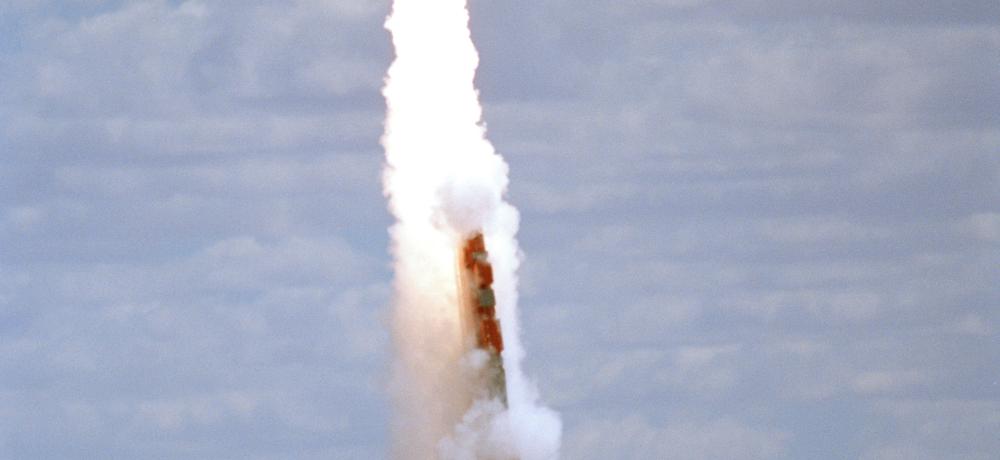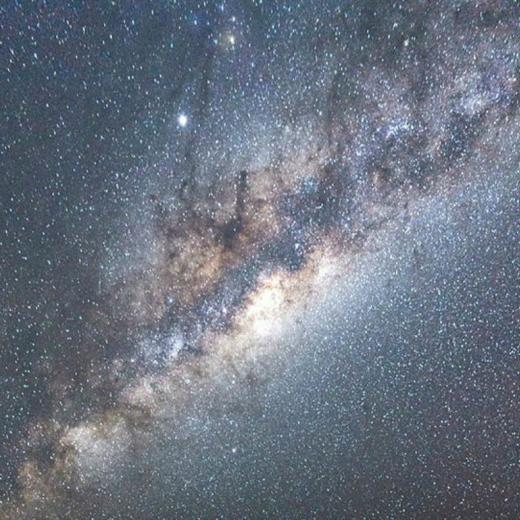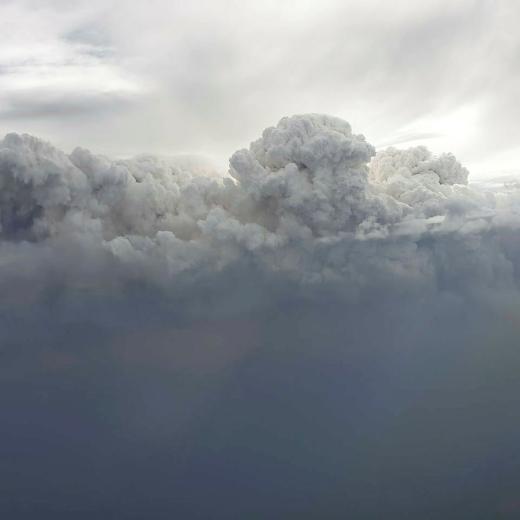BLUF
Dark matter neither reflects nor emits light, yet it binds galaxies together and might constitute about 80% of the universe's mass. Similarly, dark energy could account for the faster-than-expected expansion of the universe. The Euclid aims to map this "dark universe".Summary
KEY POINTS:
- Built by the European Space Agency.
- Scheduled to lift off from Cape Canaveral on a Space X Falcon 9 rocket in early July.
- It will be stationed where the sun's and Earth's gravitational pull balance out the same orbit as the James Webb Space Telescope.
- Over five years, 2,000 scientists will survey 15,000 square degrees of the sky.
- It may take a further five years to analyse the results.
References
- 'SPACE' (Operating in and use of) 01: COLLECTION-The Runway (airforce.gov.au)
- MAY 2023 The Euclid spacecraft will transform how we view the ‘dark universe’-the Conversation
- MAY 2023 Universe-mapping Euclid satellite arrives in US ahead of July launch-the Register
- Euclid ESA Mission with participation from NASA-Euclid NASA Science Center at IPAC





